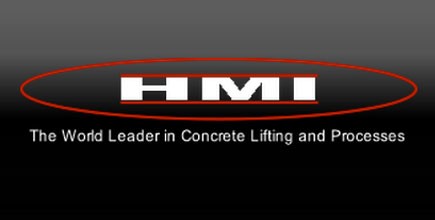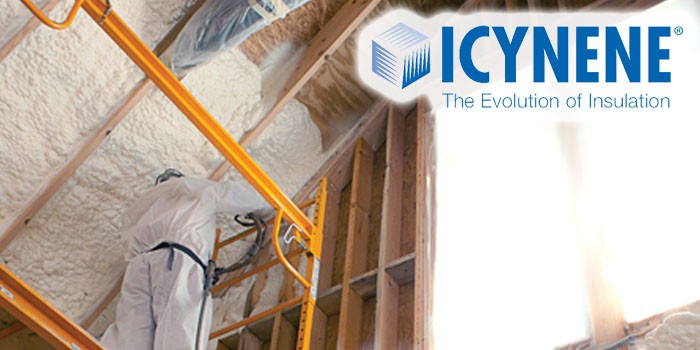HMI Stresses the Importance of Particular Properties for Effective Lifting Foam

MANITOWOC, WI–July 25, 2012–Polyurethane foam is a popular and effective material with which to raise concrete. Nevertheless, the complexities of lifting applications require certain foam properties that aren't found in typical insulation or roofing applications.
"There are special characteristics you need to look for when deciding what foam to use for lifting and leveling concrete," says HMI's Jen Mazur. Characteristics of concern are reaction time, adhesion, density, pliability and aggressiveness.
Foam Reaction Time
The reaction time of lifting foam is critical for raising concrete. A slow reaction time works well for filling voids, but will also reduce the control an applicator has in lifting a given slab of concrete. If the foam reacts too slowly, and spreads too much, you could run the risk of lifting multiple slabs.
"Once this occurs, the only way to regain control over the slab is to cut through the layer of foam and attempt another lift," says Mazur. "Time and money is lost."
Foam Adhesion
Adhesion is an unnecessary property of lifting foam, and could be counterproductive to a concrete lifting project. For example, in raising a concrete slab adjacent to a foundation, foam with high adhesiveness could adhere to the foundation and lock the slab in place. To prevent such a scenario, lifting foam should set up with a tough exterior skin that will eliminate adhesion to foundations or other slabs.
Foam Density
A standard free-floating slab can be raised with about 10psi, but choosing a particular density of foam to reach that pressure can be a tricky subject.
"Many believe that you can only lift a slab of concrete with a 4 lb. foam," Mazur says. "Using a 4 lb. foam is most often not cost-effective."
Think of an example of a box with footlong sides–one cubic foot. Filling the box would require four pounds of 4 lb. foam, but only two pounds of 2 lb. foam. Pumping in additional foam would actually begin to increase the density of the foam until it could escape, i.e. lifting off the box's lid. Translating this idea to concrete lifting applications, it's easy to understand how a less expensive 2 lb. foam can be used to achieve the lifting power of denser foams.
Foam Pliability
On the more technical side of things, the act of "rocking" a slab of concrete is integral to concrete raising. In other words, when one side of a slab in raised, another side may be lowered. Concrete levelers will rock a slab back and forth until it is perfectly level. However, if a foam becomes too rigid too quickly, this technique becomes an impossibility.
"Proper foams must remain pliable for enough of a window that you can continue to work with it as you raise and level the slab," explains Mazur. "Good concrete raising foam should set up in 15 seconds and stay pliable for 15 minutes."
Foam Aggressiveness
It's also critical that a lifting foam hits the volumetric "sweetspot" for raising concrete slabs. The target expansion rates are 20-25 times the original volume of the material.
About HMI: HMI has been manufacturing concrete raising equipment since 1974. For as long as it has manufacturing the equipment, HMI has been utilizing it through its contracting division in Wisconsin. HMI also manufactures foam material. HMI can help you successfully start your own concrete raising division and save you from making the common mistakes by sharing its extensive knowledge of concrete raising. For more information on HMI, call (800) 626-2464 or use the links provided below.
Disqus website name not provided.










































